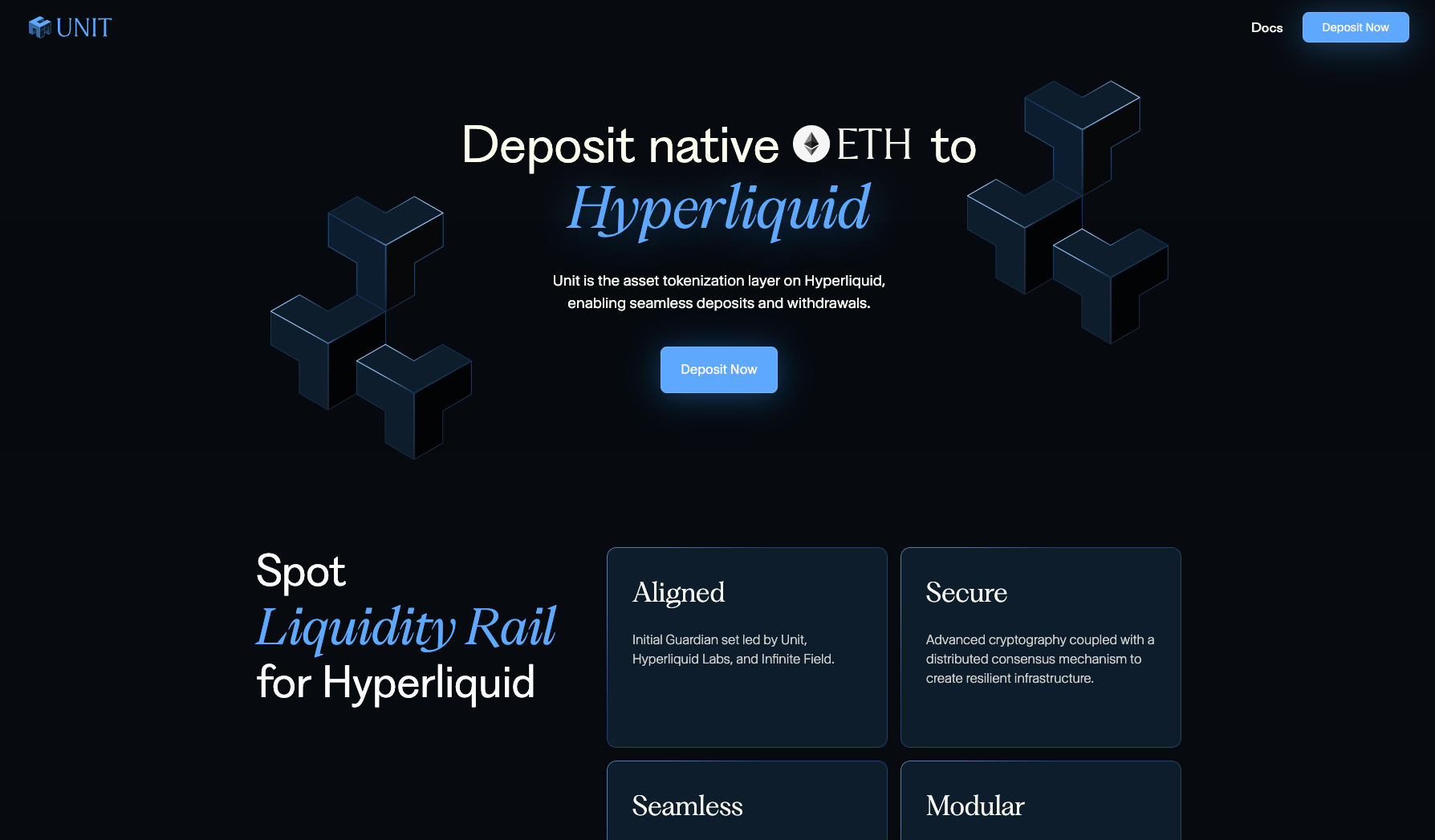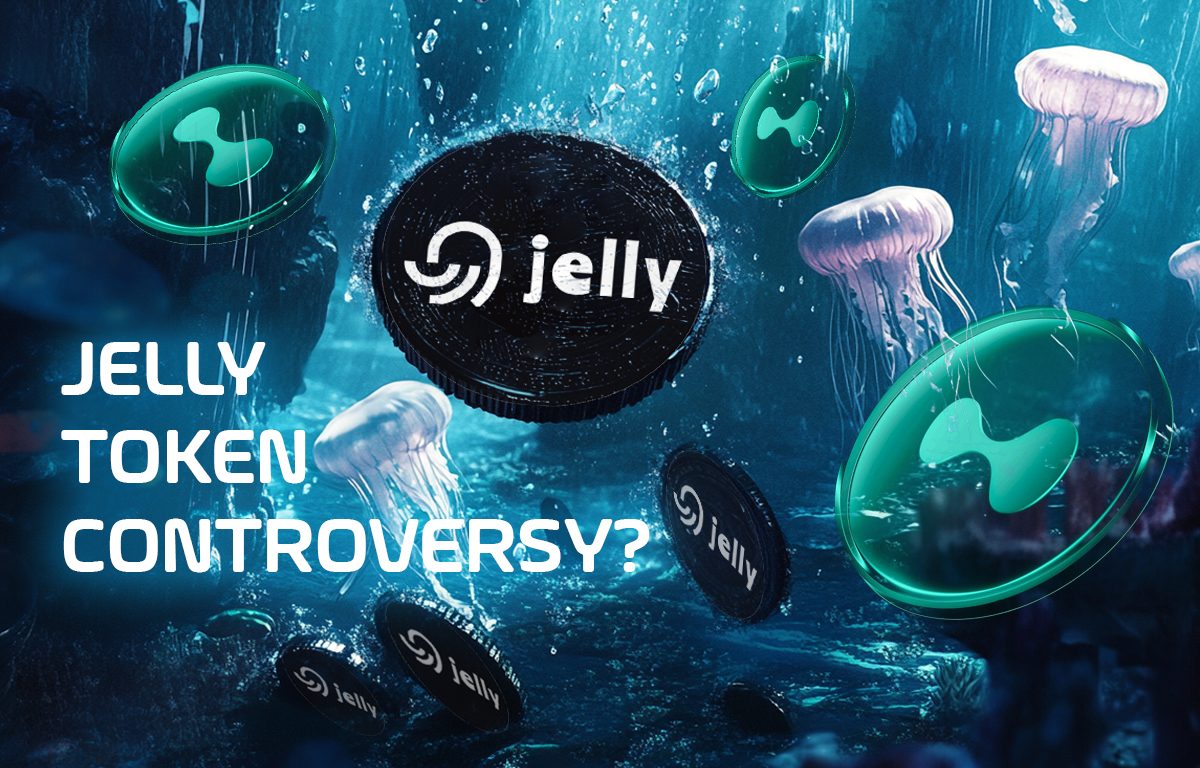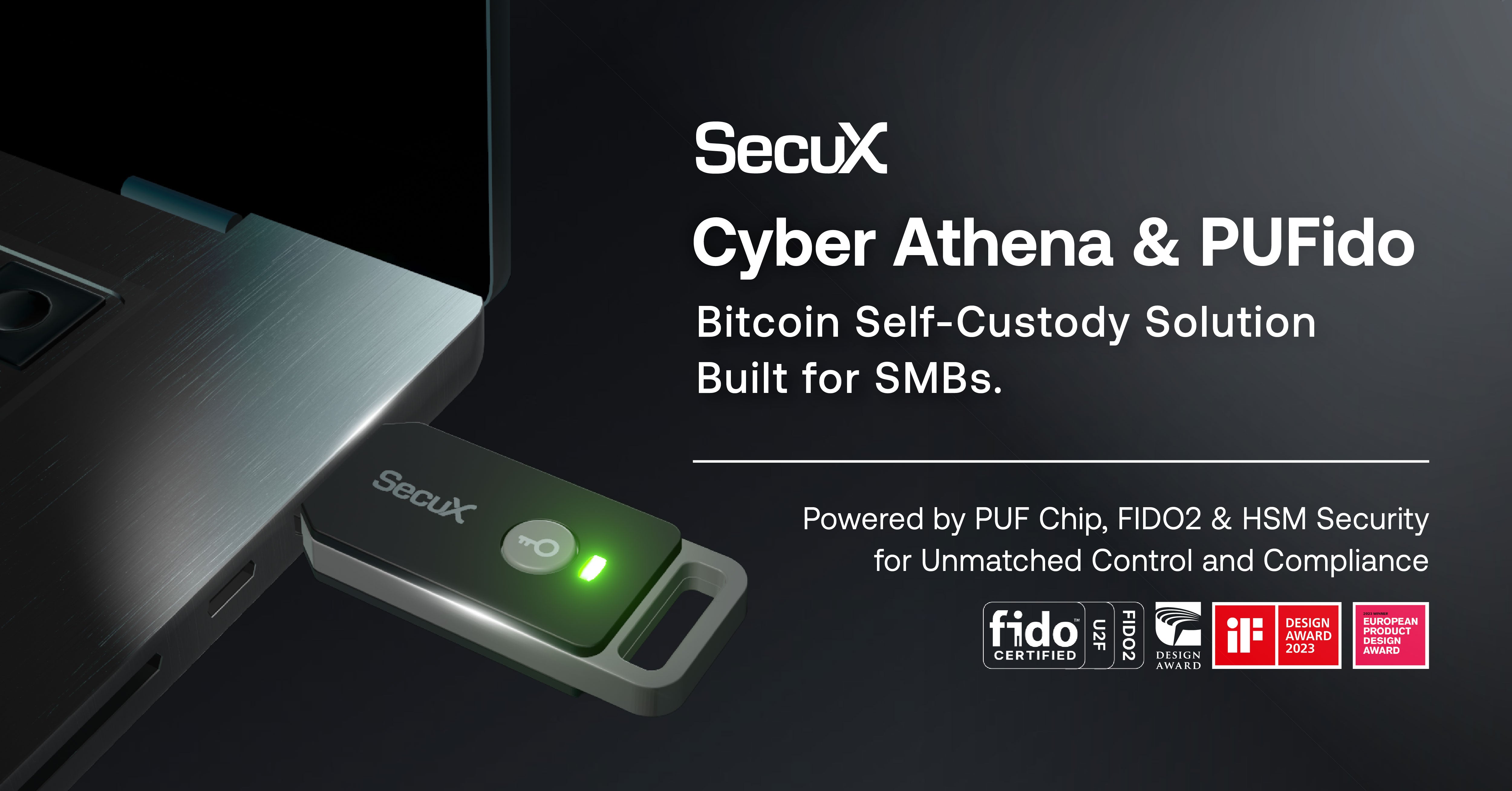
In the relentless world of DeFi trading, security is non-negotiable. Hyperliquid-Style Perps has rocketed into the spotlight by offering lightning-fast perpetual contracts on its proprietary HyperBFT blockchain, but with innovation comes scrutiny. As traders pour billions into this ecosystem, the question on everyone’s mind is clear: How secure is Hyperliquid-Style Perps?

Custom Blockchain Architecture: The First Line of Defense
Let’s cut to the chase: speed means nothing if your funds aren’t safe. Hyperliquid’s backbone is its custom-built HyperBFT Layer 1 blockchain, engineered to process up to 20,000 transactions per second with zero gas fees. This isn’t just about bragging rights – it’s about minimizing attack surfaces and keeping latency low for traders who demand instant execution. By designing a purpose-built chain instead of relying solely on existing solutions like Ethereum or Arbitrum, Hyperliquid takes control over its critical infrastructure and reduces dependencies that could introduce vulnerabilities.
But decentralization always cuts both ways. The platform employs validator-maintained price oracles, ensuring real-time market data while striving to prevent manipulation. These validators are pivotal for updating prices and maintaining order book integrity – a crucial safeguard in a space where milliseconds can make or break a trade.
Protocol Audits: What’s Been Done (and What Hasn’t)
No matter how slick your codebase is, third-party audits are essential. Hyperliquid underwent two separate audits by Zellic in 2023, focusing on the Arbitrum bridge, staking logic, and execution engine. You can dive into the details in their official audit report (hyperliquid.com). However, here’s where things get interesting: according to DeFiSafety’s independent review, these audits were brief and left major parts of the core Layer 1 and DEX software unaudited (sistine.ai). That means while bridges and some smart contract logic have been checked for bugs or exploits, large swathes of protocol logic haven’t had the same scrutiny.
Top 3 Takeaways from Recent Hyperliquid Security Audits
-

Audit Coverage Is Limited: Recent audits by Zellic focused mainly on the Arbitrum bridge and staking logic, leaving core Layer 1 blockchain and DEX components largely unaudited. Traders should note the platform’s main infrastructure has not received a full, independent security review.
-

Incident Response Shows Centralization: During the JELLY token incident in March 2025, Hyperliquid validators intervened by delisting the token and settling positions at pre-manipulation prices. This proactive response protected users, but also highlights the platform’s ability to centrally manage critical events.
-

Ongoing Vigilance Required: Despite high-profile threats, including activity from North Korean-linked wallets, no protocol vulnerabilities have been exploited to date. However, the platform’s short operational history and partial audit coverage mean traders should stay alert and perform due diligence.
This limited scope is a double-edged sword for traders who crave transparency but also want cutting-edge features. On one hand, it shows an intent to prioritize user safety with external verification; on the other hand, it signals that there’s more work ahead before you can call this platform bulletproof.
Incident Response: Lessons from Real-World Attacks
No DeFi protocol escapes unscathed forever – what matters is how they respond under fire. In March 2025, an attacker manipulated the price of JELLY token on Hyperliquid-Style Perps, creating a massive underwater short position that threatened cascading liquidations. The team acted decisively: validators delisted JELLY and settled positions at pre-manipulation prices to protect traders from catastrophic losses (sistine.ai). This intervention showcased robust risk management but also highlighted a degree of centralization that some purists might balk at.
The platform has also faced scrutiny after wallets linked to North Korean hackers were caught trading on it in late 2024. While no protocol-level vulnerabilities were exploited and funds remained secure according to official statements, these events underscore why continuous vigilance matters in DeFi trading security.
Key Security Features Every Trader Should Know
- Open Interest Caps: Prevent new positions when volatility spikes threaten stability.
- Validator Oversight: Real-time monitoring helps catch anomalies before they spiral out of control.
- Rapid Incident Response: Immediate action can make all the difference when attackers strike.
Still, the best defense is a proactive one. Hyperliquid-Style Perps has doubled down on security efforts post-JELLY, reinforcing operational protocols and increasing transparency around validator actions. This approach not only reassures users but also sets a precedent for other DeFi platforms navigating the minefield of real-time trading risks.
Yet, it’s impossible to ignore the ongoing debate about decentralization versus security. The ability of validators to intervene, while effective in emergencies, raises questions about how decentralized Hyperliquid truly is. For some traders, this level of oversight is a welcome safety net. For others, it’s a red flag that clashes with DeFi’s ethos of trustless autonomy.
What Traders Need to Watch Out For
Due diligence isn’t optional. While Hyperliquid-Style Perps leads with innovation and speed, its audit history remains limited in scope. Key components, especially parts of the core Layer 1 and DEX software, still await comprehensive third-party review. That means early adopters are betting on both the tech and the team’s ability to respond fast if new threats emerge.
Essential Security Tips for DeFi Perpetual Traders
-

Always Verify Platform Audits: Before trading, check if the exchange has undergone comprehensive third-party security audits. For example, Hyperliquid’s audits by Zellic focused mainly on the Arbitrum bridge, leaving core components unaudited. Don’t rely solely on audit claims—read the reports!
-

Monitor for Centralization Risks: Even decentralized platforms may intervene in markets. Hyperliquid’s validator intervention during the JELLY token incident shows that some protocols can freeze or settle trades, impacting your positions. Understand the governance model before trading.
-

Assess Price Oracle Security: Reliable price feeds are crucial. Hyperliquid uses validator-maintained price oracles for real-time market data. Be aware that compromised oracles can lead to manipulation or liquidation risks.
-

Stay Informed on Security Incidents: Learn from past events like the JELLY token price manipulation and North Korean hacker activity on Hyperliquid. Follow official channels for incident reports and updates.
-

Understand Open Interest and Risk Limits: Platforms like Hyperliquid set open interest caps to prevent excessive risk. Check these limits before opening large positions to avoid unexpected trading halts.
-

Practice Self-Custody and Smart Contract Safety: Always use secure wallets and review the smart contract addresses you interact with. Never share your private keys or seed phrases.
Operational history is another factor. Unlike veteran DEXs that have weathered years of attacks and upgrades, Hyperliquid is still relatively new. This means fewer battle scars but also less real-world stress testing, a crucial consideration if you’re staking significant capital or trading at high frequency.
Building Your Security Playbook
- Stay updated: Follow official channels for incident reports and audit releases.
- Understand intervention policies: Know how validator actions might affect your open positions during black swan events.
- Diversify risk: Don’t go all-in on any single platform, no matter how fast or feature-rich it claims to be.
The bottom line? Hyperliquid-Style Perps delivers blistering speed and innovative features, but security is an evolving journey, not a destination. Until full-scope audits are complete and more time-tested resilience is proven, smart traders will keep their eyes wide open and their risk management razor sharp. DeFi rewards those who move fast, but punishes those who get complacent even faster.







